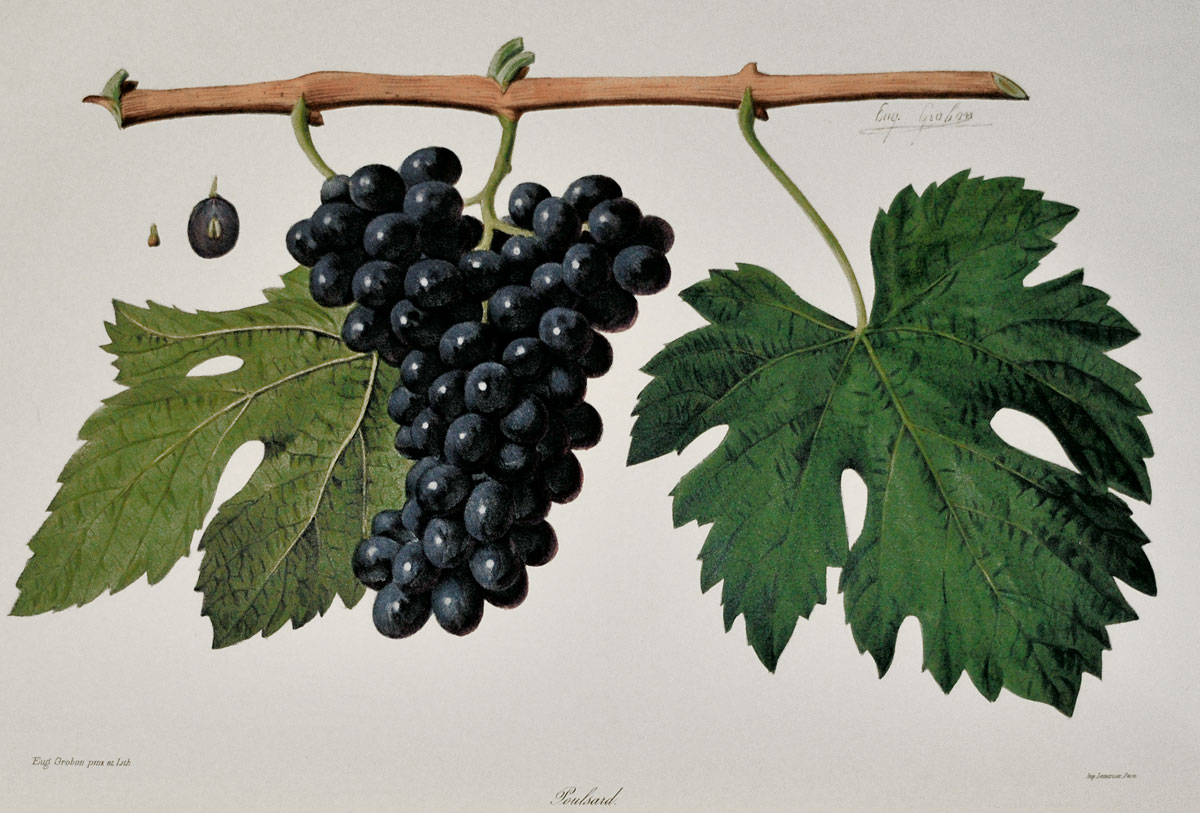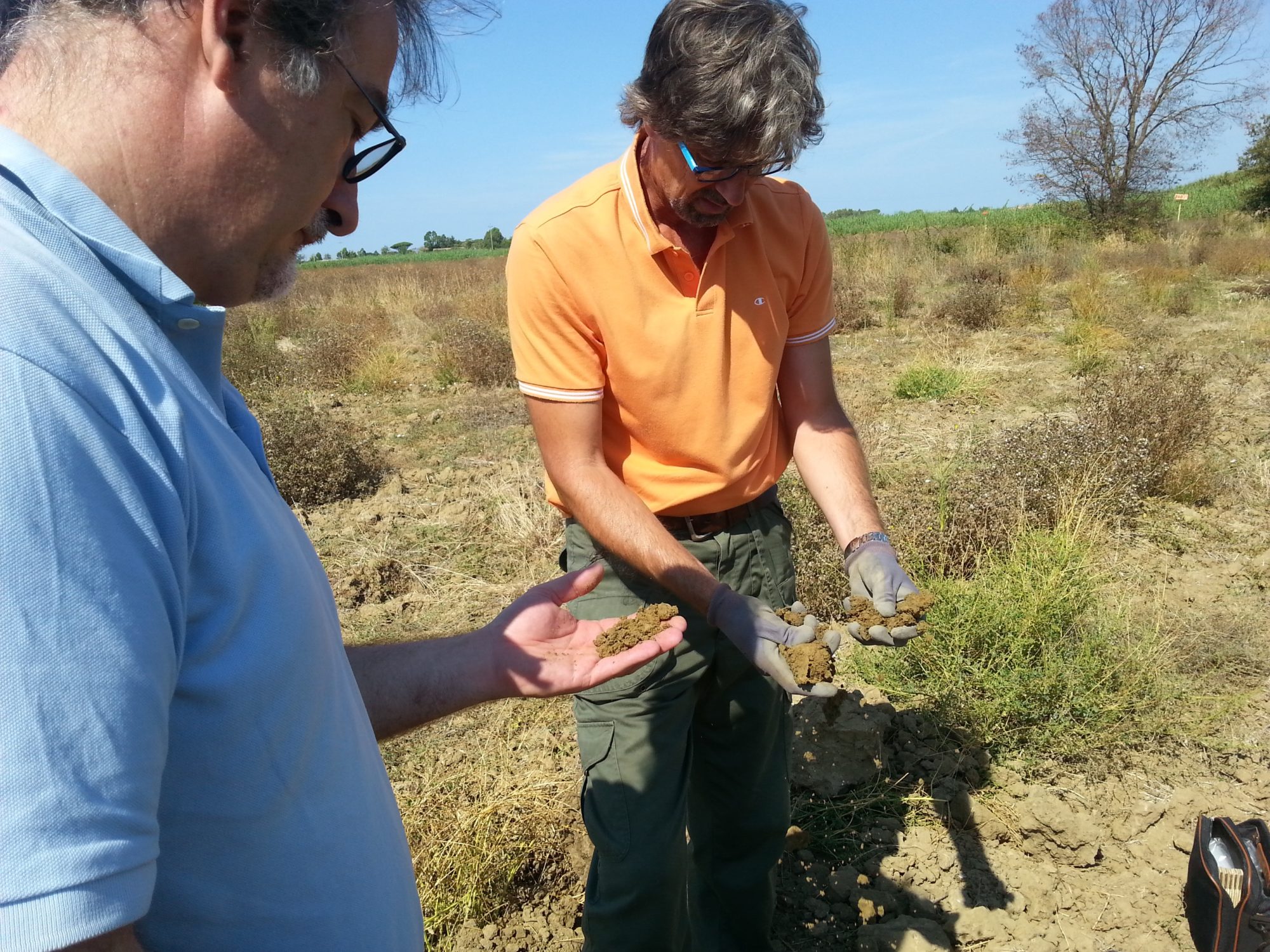Varieties
A rich biodiversity of grape varieties
We have wanted to reflect in our vineyards the history of our territory, with a very rich biodiversity of varieties and rootstocks, while continuing the innovative work that has always characterised our approach to winemaking.
Documents from the 19th century attest to the presence in our vineyards of Vermentino, Trebbiano Toscano, Canaiolo Bianco and Nero, Malvasia Bianca and Nera, Sangiovese, Alicante and others. At the end of the 19th century the presence of Cabernet Sauvignon is also reported, while in the first half of the 20th century Merlot is documented.
We have maintained this tradition in our vineyards, with the presence of numerous local varieties, in addition to the main Sangiovese and Vermentino. There are also varieties that reflect the more contemporary evolution of Bolgheri, represented above all by Cabernet Sauvignon, which has formed a perfect partnership with our territory. In addition, there are other interesting varieties for a Mediterranean terroir such as Syrah, Cabernet Franc, Rebo and Petit Verdot, amongst others.
Some vineyards comprise only one or a few varieties, in others we renew that most ancient Mediterranean tradition of the field-blend. For millennia, from its very origins until not so long ago, wine was born from the expression of a single vineyard that gathered different varieties, the result of choice (as in our case) or simple family stratification. An example is our Campo Bianco vineyard (with five white varieties). Another is the Campo Giardino vineyard (a collection of around 30 dark berry varieties, including Tuscan and varieties from other Mediterranean areas). From these single vineyards come absolutely unique wines.
Soils
Understanding the profile of our soils is essential to allow us to identify the best micro-zones for the different varieties and types of wine we produce.
The soils of Guado al Melo were formed in ancient times with alluvial debris from the Fossa di Bolgheri, the stream that surrounds our vineyards. They are, therefore, alluvial soils, a type that produces great wines all over the world.
Our soils are deep or very deep, characterised by low fertility and good drainage, rich in pebbles. Depth is an essential characteristic in a Mediterranean territory, to ensure maximum root expansion for the vine, which allows it to avoid water stress.
These are predominantly medium-textured or light soils. These characteristics contribute to producing wines of great elegance and balance.
PINK: UNIT “LE PORCARECCE”. BEIGE: stony type. Very deep clayey-sandy soils on old terraces of alluvial deposits, calcareous, moderately well drained with pebbles (from poor to abundant). More clayey zones are present.
GREEN: UNIT “CASTAGNETO”. OLIVE-GREEN: stony type. Deep fine sandy-clayey soils on terraces and hilly slopes, not calcareous, pebbles from medium to abundant. More clayey zones are present.
ORANGE: UNIT “GREPPI CUPI”. Very deep sandy soils on old dune and hilly slopes, not calcareous, few pebbles.
Climate
We are on the Tuscan Coast. The Mediterranean climate with mild winters is ideal for growing vines. Summers are hot and dry but tempered by the breezes from the Tyrrhenian Sea. Rainfall is scarce, concentrated in winter and spring.
Most of the Guado al Melo vineyards are located in the foothills of Bolgheri, in a small valley that falls between them, with an east-west orientation. The vineyards are surrounded by woods and olive groves. This area has the coolest average temperature in the territory and the greatest summer temperature range between day and night.

Our position also protects the vineyards from the icy winds (Tramontana and Grecale) that can sometimes cause frost on the coast in early spring.
This micro-climate allows our wines to strike a perfect balance between elegance and power. It guarantees good freshness and a remarkable richness of aromas.









